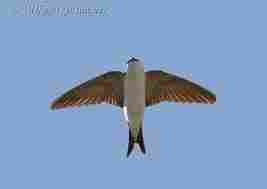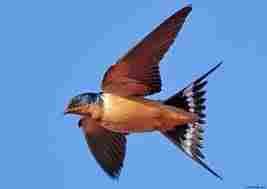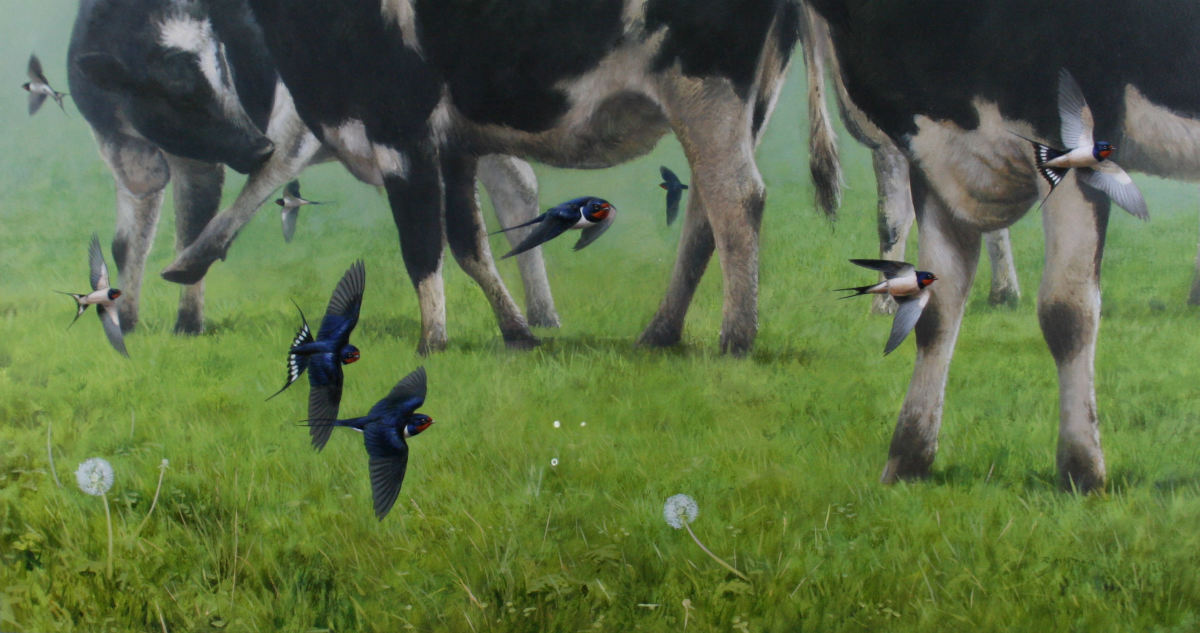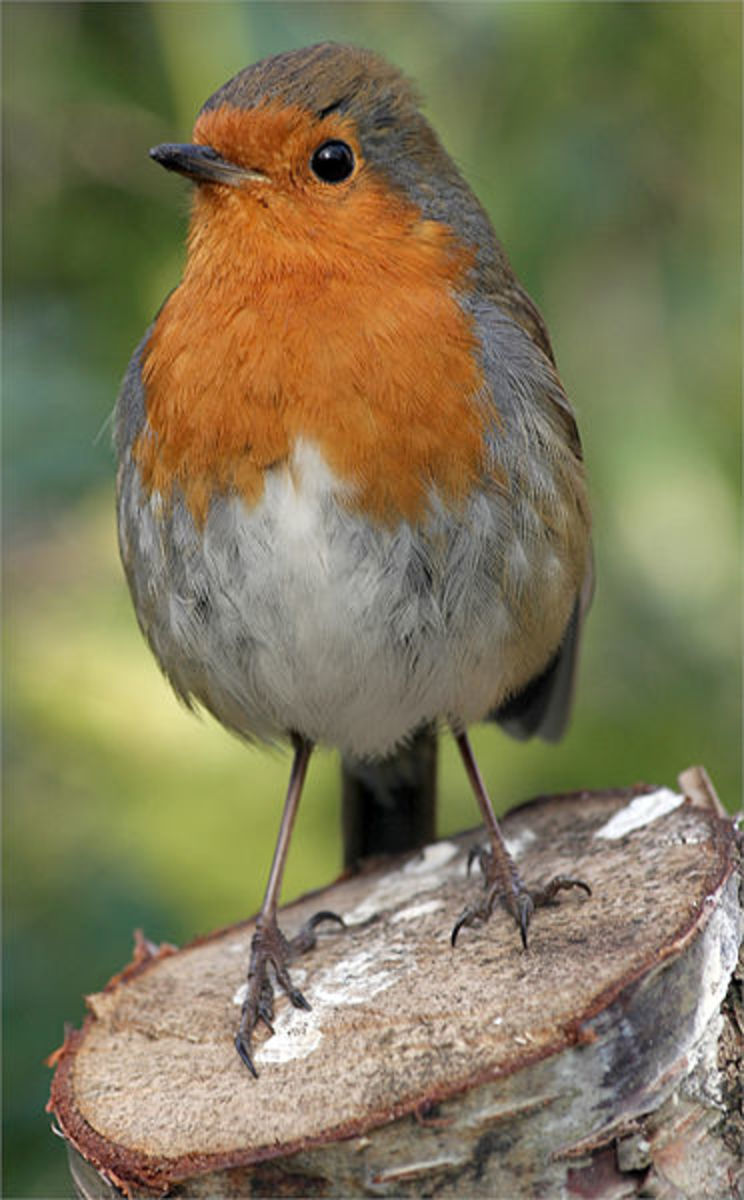Our Springtime Avian Visitors, Pt 2: The Swallows
Watch out insects! Here come de Swallows


Blink, and the Swallow will Disappear!
We had a brief look at that Jekyll and Hyde of birds, the Cuckoo yesterday. I was awed to see some hubbers had never heard the bird’s distinctive call, the sound of lore and legend, as well as making a lot of Deutschmarks for Black Forest Cuckoo-Clock manufacturers for hundreds of years.
Along with today’s protagonist, the Cuckoo is the harbinger of spring in Britain. The Cuckoo does so with its curious, lilting call, so easy to copy and never forgotten.
Today’s subject, the Swallow, tells us of warmer times by its astonishing flight and colorful presence in our skies.
Curiously, the first swallows I have seen this year arrived two days ago - slightly late this year, perhaps due to the stormy weather south of us - just as I was beginning to write about the Cuckoo.
The birds migrate from Africa; along with about 100 other species making the trip to Europe; they cross the Sahara and Spain to reach our shores. The swallow is a member of the Hirundines family, which also includes the Martins.
Swallows are distinctive by their long forked tails, their habit of nesting inside barns and other human structures (which remind them of their caves they used when humans were but a distant threat).
Also, their extraordinary and furious flight as they pursue large insects close to ground level, sometimes zooming so close to us we feel we could reach out and catch them. Indeed, swallows seem to have little fear of humans: they nest in plain sight on beams in our barns and whip around us while hunting as if we were not there at all!…then sit, chittering on our fences and utility wires as if we had constructed the whole shebang with them in mind.
Well, we didn’t, of course, but it is a surly landowner indeed who does not welcome the brilliant swallows with a glad laugh and a pleasured shake of a grizzled head. Any idiot aiming a weapon at them would get it shoved up where the sun don’t shine and quick!
More than any other reason, it is because the Swallow’s arrival means Spring is really here; and that cheers any morbid English mien.
So now you know it is the Swallow that is hunting at around our head level and above; the Martins occupy the next layer of sky upwards as they chase the smaller and slower insects; they have nowhere near the speed and agility of the swallow. There is another similar bird above even the Martins, but he will arrive in my next article…see if you can guess who he is! Boy, this is exciting, I nearly fell out of my barrel.
There are actually about 75 identified members of the Swallow family world-wide. Our chap, the Hirundo Rustica, or Barn Swallow (You American Cousins got him, too) is one of the most traveled and found nearly all over the planet where there are insects.
He is the Concorde of birds, along with a few like travelers.
Another way to tell the swallow from other members of the family is he is a “power flyer.” Whenever you see him, apart from being on the nest, he is on the hunt and all business; his wings don’t stop their muscular movement. The Martins, on the other hand, do “flap and glide” more in their more leisurely hunt.
Curiously, some experts think the male swallow’s forked tail is “too long” to be a good aid to flight. The reason they advance is that this makes hunting more difficult on purpose…then the female can admire the successful bird even more! Not unlike the human female who loves to see her man overcoming adversity en route to giving her the good life! (Go on, George, fix the damn vote!).
Swallows have been part of many country’s folklore, art and culture for more than 4,000 years. Old paintings exist, as do pottery; poetry and prose. The Swallow may be the best known bird in the world that is not caricatured or copied in toys (like the Penguin or Owl, etc.)
Unfortunately, they are diminishing in numbers, as it is a supreme experience and a deep pleasure to be the maypole around which a dozen swallows swoop and dive as they hunt.
And I sometimes think the sleek creatures enjoy our company as well; their exultant twittering and their very closeness says they do.
Tomorrow (or Friday), another Spring visitor, the -----! Ooo you just can’t wait, can you?






